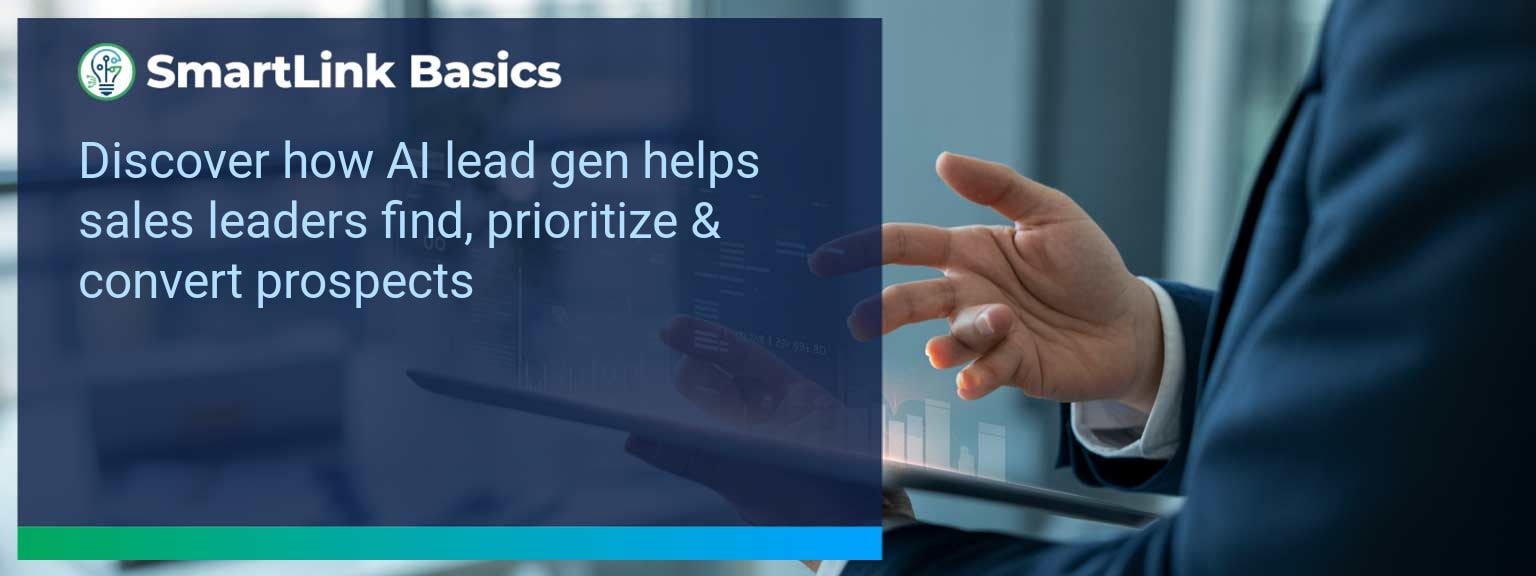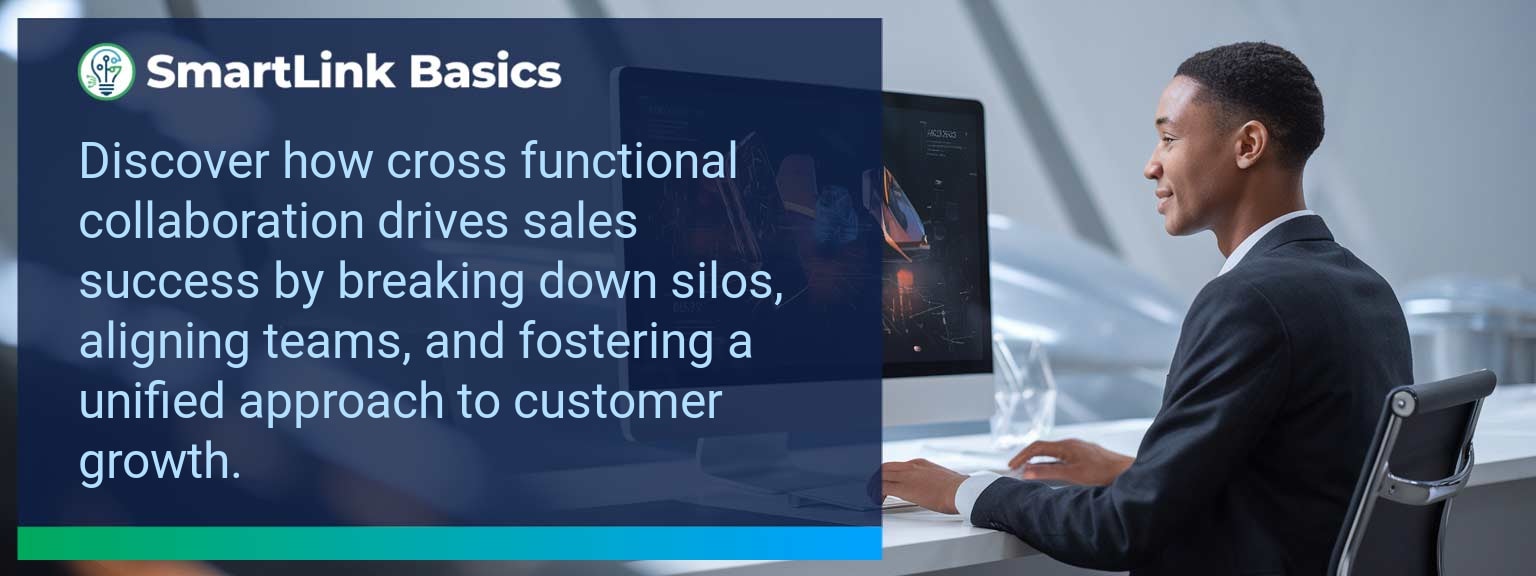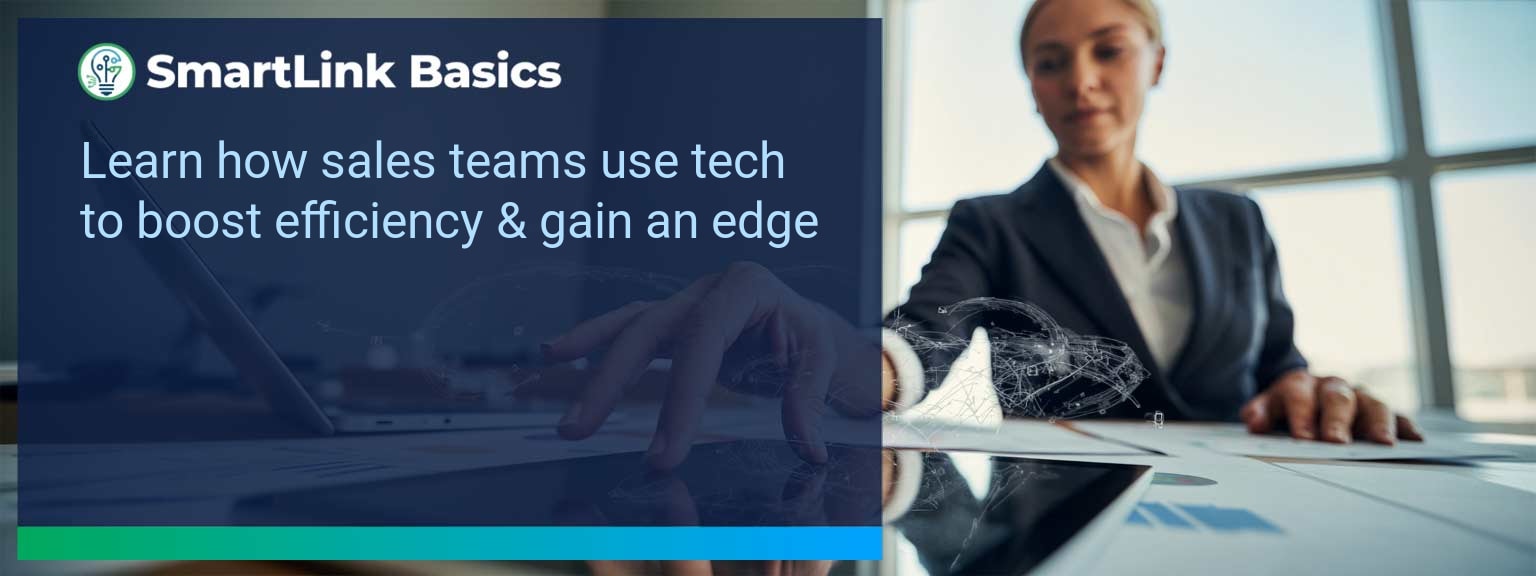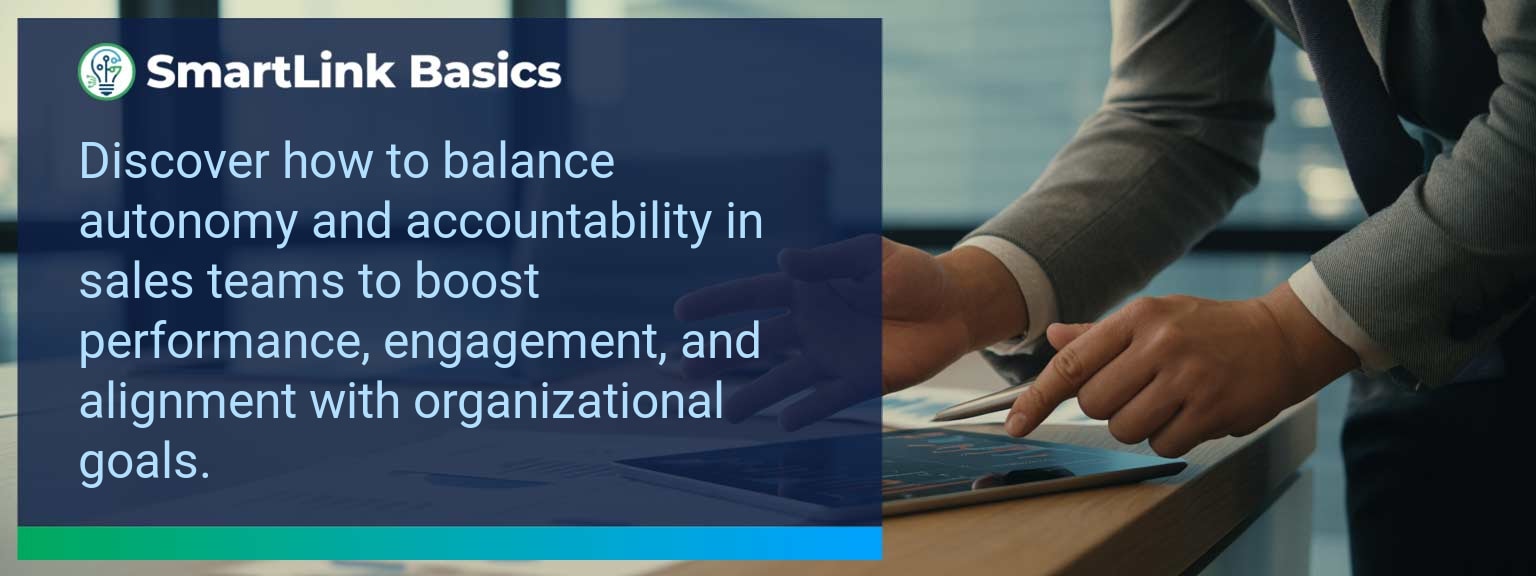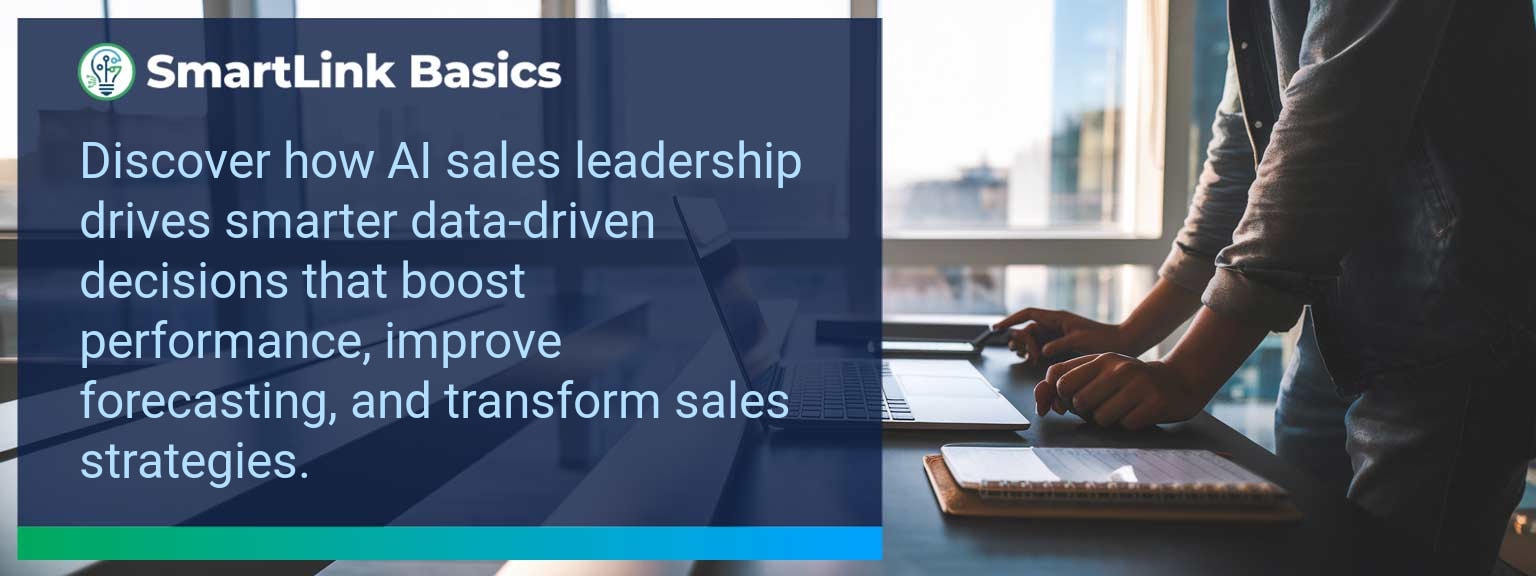Sales leaders are spending almost 30% of their week chasing unqualified leads, a drain on revenue potential and team energy. The solution is arriving through SmartLink Basics conversations on how artificial intelligence reshapes core sales processes. By applying AI Lead Generation, organizations can finally move beyond guesswork in lead prioritization, creating a scalable way to identify, qualify, and engage only the prospects most likely to convert. In this article, we’ll explore how AI-powered lead targeting, predictive scoring, and intent analytics are transforming sales operations. You’ll also gain a 90-day roadmap, key metrics to track, and real-world examples of smarter sales execution that you can apply directly with your team.
- AI lead generation accelerates accurate lead scoring and prioritization.
- Behavioral analytics unlocks buyer intent data for higher conversion rates.
- AI-driven segmentation enables more personalized outreach at scale.
- Automation optimizes timing and messaging for lead engagement.
- Clear KPIs and sales analytics ensure measurable revenue growth.
What Changed And Why AI Lead Generation Matters Now
Traditional lead generation relied heavily on manual data entry, cold lists, and limited demographic filters. This made it difficult for sales leaders to consistently identify high-value accounts. With AI lead generation, vast streams of buyer data—digital footprints, engagement signals, historical CRM behaviors—can be decoded in real time to predict purchase readiness. This isn’t about working harder; it’s about working smarter.
For example, a SaaS firm recently applied predictive lead scoring and saw a 28% increase in pipeline velocity by reallocating reps to leads with the highest conversion probability. The lesson: using algorithms to process complex patterns creates clarity where intuition falls short.
Redesigning The Revenue Operating System With AI Lead Generation
Implementing AI sales strategies requires more than buying a tool—it demands a redesign of your operating system. Let’s break this down into four critical enablers sales leaders can refine immediately.
ICP, Segmentation, And Targeting
AI enables sharper customer segmentation by aligning firmographic and technographic signals with behavioral triggers. This helps refine the Ideal Customer Profile (ICP) into a living, data-driven model. Instead of static lists, sales ops teams can adjust targeting dynamically as markets shift, applying buyer intent data from multiple channels for stronger accuracy.
Pipeline Architecture
AI-driven pipeline architecture supports real-time funnel adjustments. Predictive lead scoring identifies likely revenue contributors, reducing false positives. This allows leaders to allocate effort proportionally, improving conversion accuracy and sales efficiency. For example, AI platforms can flag stalled deals early, ensuring managers course-correct in time.
Plays And Messaging
AI learns prospect language patterns, email responses, and engagement behaviors. Through personalized outreach sequences aligned with buyer journey stages, reps improve response rates. Instead of guessing when to follow up, AI recommendations ensure contact happens at the moments prospects are most receptive. Successful organizations combine predictive insights with conversational frameworks for improved outcomes.
Operating Cadence
A disciplined cadence built around AI insights eliminates wasted effort. Instead of reactive pipeline reviews, leaders use dashboards that visualize lead targeting health, outreach timing, and sales analytics. This cadence fosters accountability and data-informed coaching in daily stand-ups and pipeline meetings, anchoring consistency across the team.
Driving Sales Growth Through Smarter Lead Qualification
AI-driven qualification systems reduce wasted cycles on low-probability leads. Sales automation handles the sorting, freeing up human reps to build high-value relationships. One industrial supplier using AI-powered lead targeting decreased their sales cycle by 22% while boosting close rates, as reps only engaged with leads flagged as high potential.
The actionable insight: integrate AI into frontline qualification, then track lead-to-opportunity conversion rates against historical baselines. The uplift will appear in win ratios and reduced time-to-revenue.
Metrics That Matter
| Category | Metric | Definition | Target |
|---|---|---|---|
| Leading | AI-Qualified Lead Rate | % of leads identified by AI matching ICP and buyer intent data | 75%+ |
| Leading | Personalized Outreach Execution | % of engagement sequences personalized using AI insights | 80%+ |
| Lagging | Conversion Rate | % of AI-targeted leads converting to opportunities | 20%+ |
| Lagging | Revenue Impact | % of total revenue sourced from AI-generated leads | 25%+ |
| Quality | Lead Fit Accuracy | Internal sales alignment ratings on AI’s lead fit recommendations | 85%+ |
| Quality | Engagement Relevance Score | Feedback-based rating of outreach timing and messaging relevance | 90%+ |
Get the 90-day plan, coaching rubric, and dashboard template to operationalize AI in your enablement program.
Why AI-Driven Lead Targeting Is A Leadership Imperative
AI lead generation equips sales leaders with sharper targeting, predictive lead scoring, and automated personalization, transforming efficiency and pipeline quality. The core message is clear: intelligent adoption of AI reshapes not only prospecting but also how sales systems scale revenue growth. For deeper strategies and frameworks, explore AI-driven sales enablement resources from SmartLink Basics to begin operationalizing change today.

